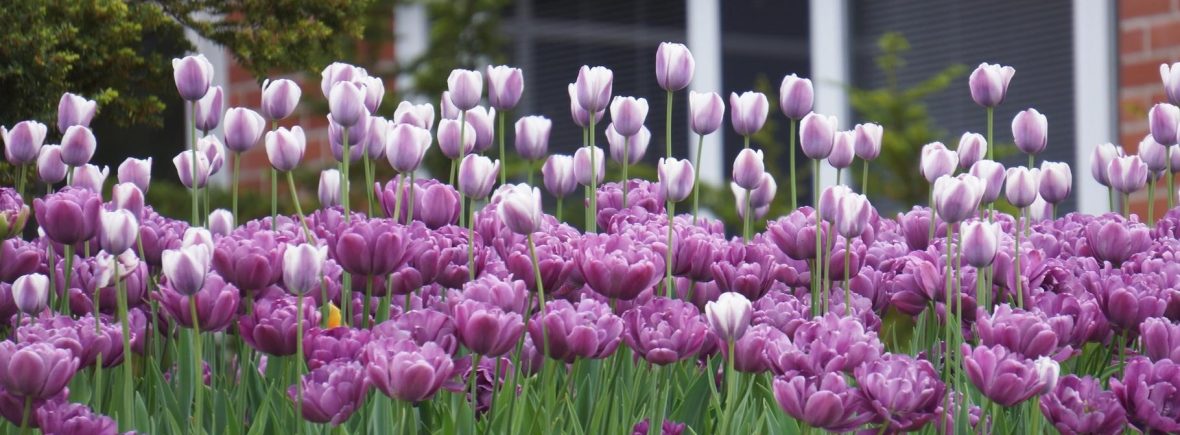With the autumn-planting season just around the corner, garden centres and on-line retailers are now stocking spring-flowering bulbs. If you want to ensure that you have the variety you’re after, then now is the time to purchase them.
What to look out for
Try to get big, firm bulbs, as usually the larger they are, the better they flower. Avoid any that are soft or have mould growing on.
 When to plant spring bulbs?
When to plant spring bulbs?
Autumn is the best time to plant spring bulbs as the soil is still warm. Ideally, bulbs such as daffodils, crocus, muscari and hyacinths should be planted by the end of September if you want them to flower early next year.
 Tulips should be planted a little later in autumn, so aim to wait until November when the soil is cold and this will help to avoid any potential viruses that may be lurking in the soil.
Tulips should be planted a little later in autumn, so aim to wait until November when the soil is cold and this will help to avoid any potential viruses that may be lurking in the soil.
I often plant tulips in pots as this means that after flowering, when there is just the messy foliage left, they can be replaced by something else to extend the flowering season.

You can leave planting of Alliums until early in December to ensure that they flower over summer the following year.
If planting in a border:
- Dig a hole wide and deep enough for your bulbs. Most bulbs should be planted two to three times their depth. For example, for a bulb measuring 5cm high, dig a hole 10-15cm in depth and place the bulb in the bottom of it.
- Ensure that bulbs are placed in the hole with their growing tip facing upwards. If you don’t see a pointy side, look for where the roots are coming out. Sometimes it’s not always obvious, in which case planting them on their side will ensure the shoot grows towards the surface. Space them at least twice the bulb’s own width apart.
- Cover with soil and gently firm in.
- If the ground is moist there is no need to water, otherwise water straight after planting.
- Squirrels often love to dig up freshly planted bulbs. If you think this may be a problem, weigh down some chicken wire over the area to protect the bulbs.
Planting in a container:
- Use a mix of three parts multi-purpose compost with one part grit as this will help with drainage.
- Before planting, check that the bulbs are healthy and showing no signs of rot. Plant the bulbs three times their depth and one bulb width apart.
- Water after planting, ensuring that they don’t dry out. Once you start to see active growth, ensure that they are regularly watered. It will also help at this stage that you start to feed them with a liquid tomato feed. Once they have finished flowering and the foliage begins to die back, stop feeding.
If you find that after buying your bulbs, you forget about them or haven’t had the time to plant them, don’t worry too much. Plant them as soon as you remember. I’ve planted Alliums in late January some years, they will still flower but perhaps just a little later than expected.
